Entry Category: Medicine
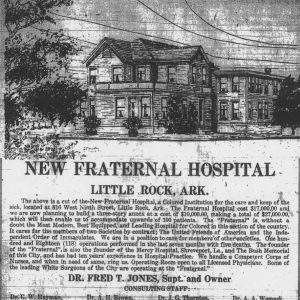 New Fraternal Hospital Ad
New Fraternal Hospital Ad
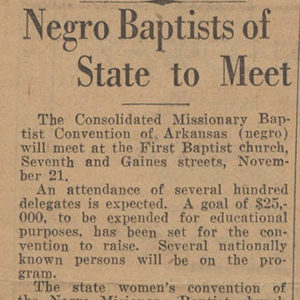 Newspaper Clipping
Newspaper Clipping
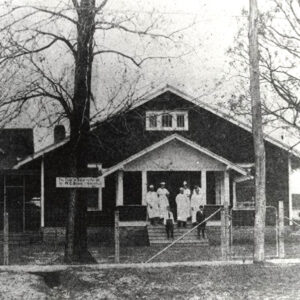 Norton's Lakeview Sanitarium
Norton's Lakeview Sanitarium
Obesity
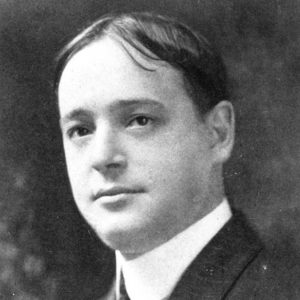 Mahlon D. Ogden Sr.
Mahlon D. Ogden Sr.
Ogden, Mahlon Dickerson
Orto, Zaphney
 Zaphney Orto Grave
Zaphney Orto Grave
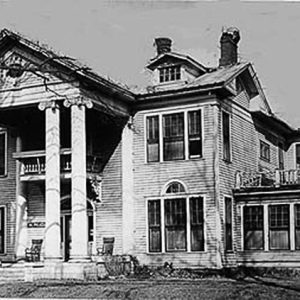 Zaphney Orto Home
Zaphney Orto Home
 Zaphney Orto
Zaphney Orto
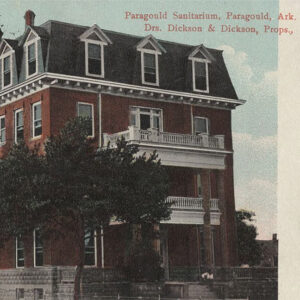 Paragould Sanitarium
Paragould Sanitarium
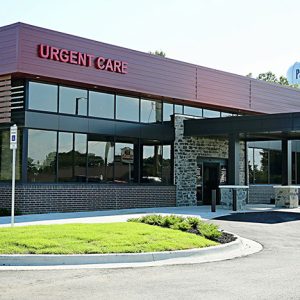 Paragould Urgent Care Clinic
Paragould Urgent Care Clinic
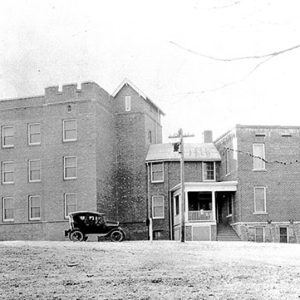 Paris Hospital
Paris Hospital
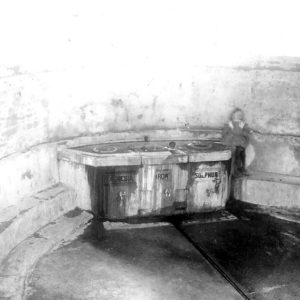 Parnell Springs Spring
Parnell Springs Spring
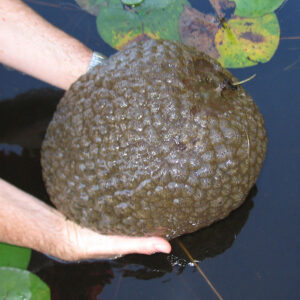 Pectinatella magnifica
Pectinatella magnifica
Pellagra
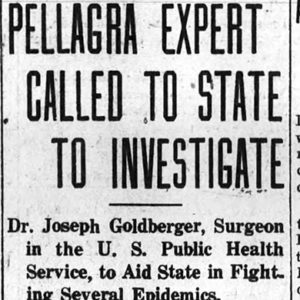 Pellagra Investigation
Pellagra Investigation
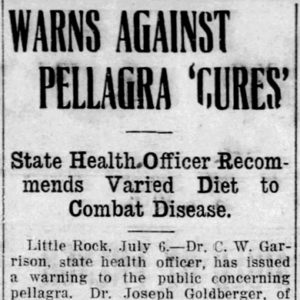 Pellagra Treatment
Pellagra Treatment
Pertussis
aka: Whooping Cough
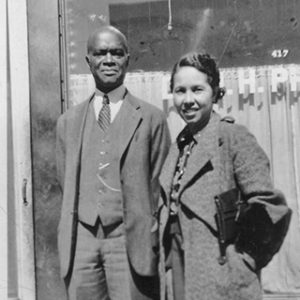 Harold and Kate Phipps
Harold and Kate Phipps
Planned Parenthood
Polio
Presbyterian Village
 Presbyterian Village
Presbyterian Village
 Presbyterian Village Entrance
Presbyterian Village Entrance
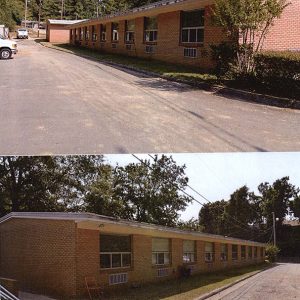 Presbyterian Village Housing
Presbyterian Village Housing
Public Health
Pulaski County Medical Society
Rabies
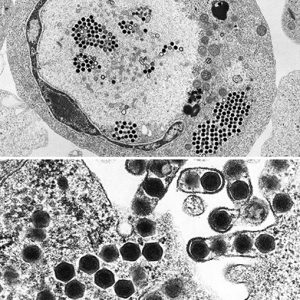 Ranavirus
Ranavirus
 Red Cross Ambulance
Red Cross Ambulance
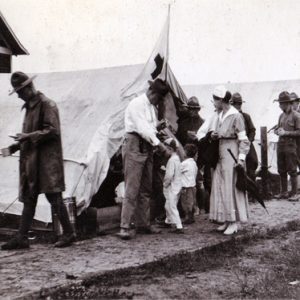 Red Cross at Elaine
Red Cross at Elaine
 Red Cross Band
Red Cross Band
 Red Cross Canteen at Elaine
Red Cross Canteen at Elaine
 Red Cross Gifts
Red Cross Gifts
 Red Cross Volunteers
Red Cross Volunteers
Reed, Eddie
Reid, Thomas Jefferson
 Harriet Richard
Harriet Richard
 Rickets Victim
Rickets Victim
Robinson, John Marshall
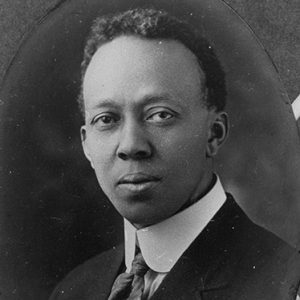 John M. Robinson
John M. Robinson
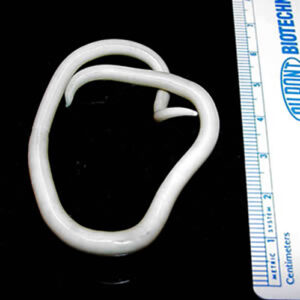 Roundworm
Roundworm
Roy, Frederick Hampton, Sr.
 Hampton Roy
Hampton Roy
Rubella
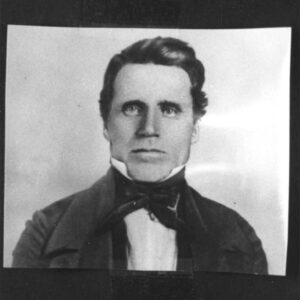 Dr. Thomas Russell
Dr. Thomas Russell




